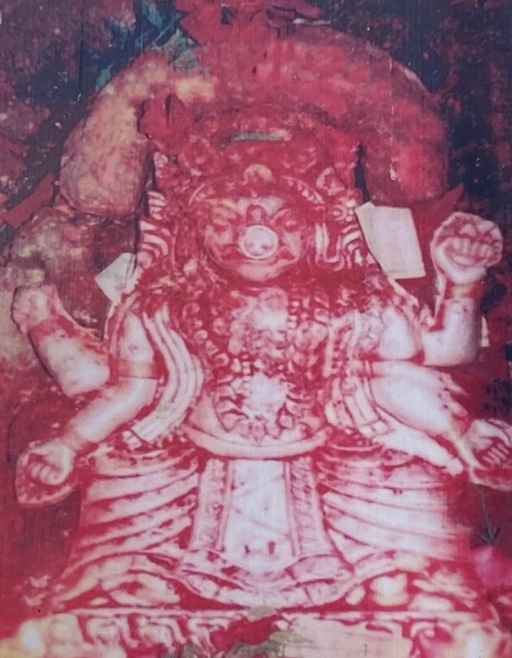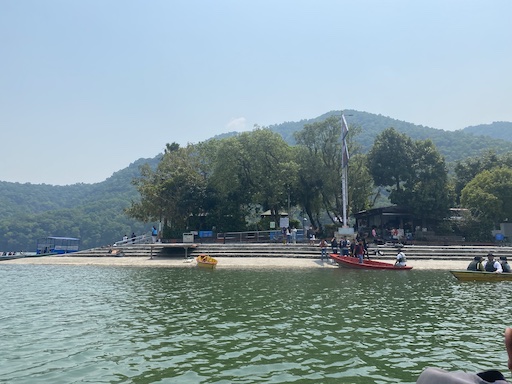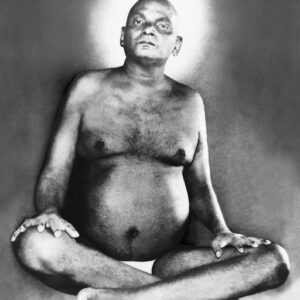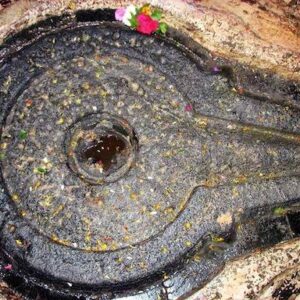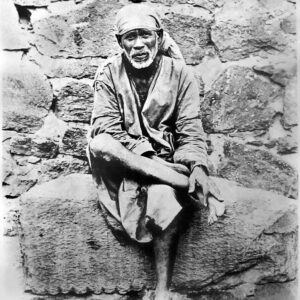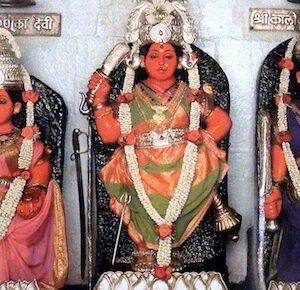This is a consecrated temple of Goddess Barahi or Varahi, one of the Astamatrika goddesses.
You can make offerings and go close to the Deity. There is space to sit and meditate. You can go into meditative states effortlessly here.
How to get there
The temple is on the island of Phewa Lake. Take the bus to lakeside. You can get a boat ride to the temple through out the day.
https://goo.gl/maps/QSQtQPyYyoJdNvKW8
History of Tal Barahi
In ancient times, there was a town at the current location of the Phewa lake. One evening, one old hermit came to look for night stay. When other people did not gave him a place to stay, one old couple told that they just have a bread but nothing else. The hermit happily took the food and slept outside the house. Then the saint asked the old couple to go to higher grounds, as the place was going to be flooded with water. After the hermit left, the floods came and deluged the entire place. Some how the old couple survived the floods. After their death, in 1467 BS, the locals built the temple with the idol. However, the rain came and the base holding the temple was brought to the current location of worship. Then, King Kulmandan Shah of Kaski had a dream that he should establish the temple there and worship. This was how the worship of temple started. In 2017 BS, King Mahendra built the temple in modern structure.
About Barahi or Varahi
Varahi (Sanskrit: वाराही, Vārāhī)[note 1] is one of the Matrikas, a group of seven mother goddesses in the Hindu religion. Bearing the head of a sow, Varahi is the shakti (feminine energy) of Varaha, the boar avatar of the god Vishnu. In Nepal, she is called Barahi. In Indian states of Rajasthan and Gujarat, she is venerated as Dandini.
According to the Shumbha-Nishumbha story of the Devi Mahatmya from the Markandeya Purana religious texts, the Matrikas goddesses appears as shaktis (feminine powers) from the bodies of the gods. The scriptures say Varahi was created from Varaha. She has a boar form, wields a chakra (discus) and fights with a sword.[1][2] After the battle described in the scripture, the Matrikas dance – drunk on their victim’s blood.[3]
According to a latter episode of the Devi Mahatmya that deals with the killing of the demon Raktabija, the warrior-goddess Durga creates the Matrikas from herself and with their help slaughters the demon army. When the demon Shumbha challenges Durga to single combat, she absorbs the Matrikas into herself.[4] In the Vamana Purana, the Matrikas arise from different parts of the Divine Mother Chandika; Varahi arises from Chandika’s back.[2][5]
The Markendeya Purana praises Varahi as a granter of boons and the regent of the Northern direction, in a hymn where the Matrikas are declared as the protectors of the directions. In another instance in the same Purana, she is described as riding a buffalo.[6] The Devi Bhagavata Purana says Varahi, with the other Matrikas, is created by the Supreme Mother. The Mother promises the gods that the Matrikas will fight demons when needed. In the Raktabija episode, Varahi is described as having a boar form, fighting demons with her tusks while seated on a preta (corpse).[7]
In the Varaha Purana, the story of Raktabija is retold, but here each of Matrikas appears from the body of another Matrika. Varahi appears seated on Shesha–nāga (the serpent on which the god Vishnu sleeps) from the posterior of Vaishnavi, the Shakti of Vishnu.[8] Varahi is said to represent the vice of envy (asuya) in the same Purana.[9][10]
The Matsya Purana tells a different story of the origin of Varahi. Varahi, with other Matrikas, is created by Shiva to help him kill the demon Andhakasura, who has the ability – like Raktabija – to regenerate from his dripping blood.[8]
Read More
https://en.wikipedia.org/wiki/Varahi
